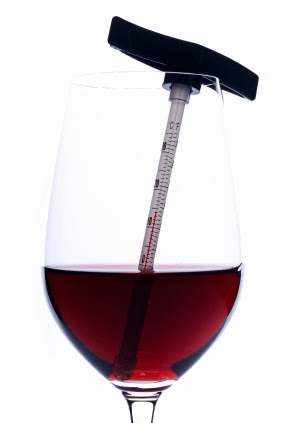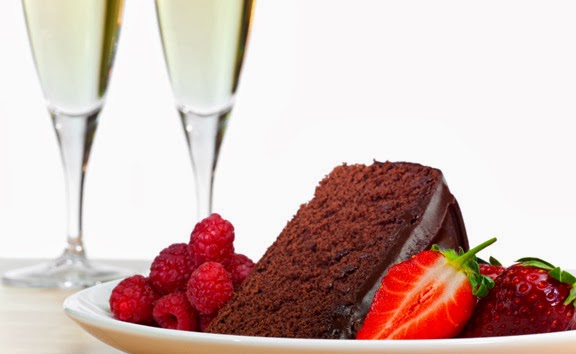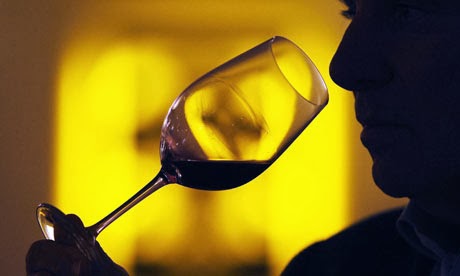Debunking 5 common theories about wine

Is the wine a very complex issue or is represented like one? Truth is this wine is quite versatile, depending on how is one treating it...
If we examine some of the most known myths dominating wine' s world, we will discover that some of them will come down like paper towers.
Red wine goes with meat and white wine goes with fish. Reasonable.
This is a relatively old rule, which was deformed during the years. The basic theory is based on the fact that red wine with their acids and tannins, match perfectly a meat that is rich, fatty and ripe in flavor while white wines match best with lighter tasting choices. One thing though that has changed particularly over the years, is the food and its flavours.
There are so many influences an mixes in the kitchen nowadays that matching the cooking style than your dishe's ingredient would be preferable. This though, doesn't mean that red wine does not match with meat and white with fish, but as a rule, it is relatively old and can cause some failures. The rule now is that with each food matches the wine that pleasures you the most. There are examples of white wines that fit perfectly with red meat, while there are red wines that fit perfectly with fish. Experiment and discover new combination of flavours.

Wine must be served in room temperature – Wrong
This is rule from … the years that central heating did not exist. Room temperature was formerly resembled a basement's temperature with plenty of humidity and low grades. Nowadays, things have changed a lot. Room temperature is at best, between 20 to 23 Celsius degrees and higher.
At high temperatures wine starts losing its balance and altering the flavor. The alcohol and the stong tannins are brought out and it gradually loses the acids intensity that originally had. If you want to enjoy the best taste of a wine, serve it relatively cool. This of course is not very clear. There are many that strictly adhere to a specific temperature for each wine but also a specific glass (!). A simple and easy rule is that of “15 minutes”. Take your white wines out of the fridge 15 minutes before serving and on the other hand put your red wines in the fridge for the same amount of time. It sounds and is relatively inaccurate but that is how all general rules are, that in some difficult cases form a polestar.

Sweet wines match the desserts – Almost reasonable
You are almost ready to serve your sweet Samian wine with the chocolate cake you prepared, right? That's what experts suggest, but it doesn't sound as the best choice to all of us... Certainly some combinations of this kind may be tasty and delicious, but there are many that would prefer to accompany their dessert wine with a little fois gras or some thick prepared meat products. Especially the sweet and salty contrast is like better than complementary flavors. Moreover haven't there been many times that you thought that the sweet wine' s sugar is excessive after the dessert's sugar?
Of course there are exceptions. A bitter chocolate dessert matches a sweet wine perfectly. So you better do what you like the most than strictly follow certain rules.
The Merlot's are soft – Wrong
Generalizations about certain grape varieties, many of which were quite reliable so far, are now almost useless. The cultivation and vinification progress plays a very important role in the wine' s final taste and makes the general rules seem casual and not safe at all.
Some wines certainly keep matching their stereotypes but these are less and less. Let's be carefu;; with the assumptions and generalizations. Apart from trying, ask and read as much as possible about wine. You will be pleasantly surprised by many labels and products that you used to scorn until now due to the stereotypes that followed them for years.

Wine critics are always right – Wrong
When wine critics try labels can carry only two things:
1. How good is the wine, based on the taste that it should have, and 2. how much they liked the wine they tried. These two things are connected to each other but they are not necessarily useful for each of us.
Wine tasting is very personal and subjective. In order to be useful, critics try to carry a general idea of what to expect from a wine, but also some general preferences. Not everyone has the same taste and in criticism, personal opinion is evident and plays an important role, as in any kind of criticism.
It's likely however to discover a critic that suits your own taste. Better learn to trust your own criterion gradually and your own preferences and leave the stereotypes and generalizations.
Source: http://www.clickatlife.gr